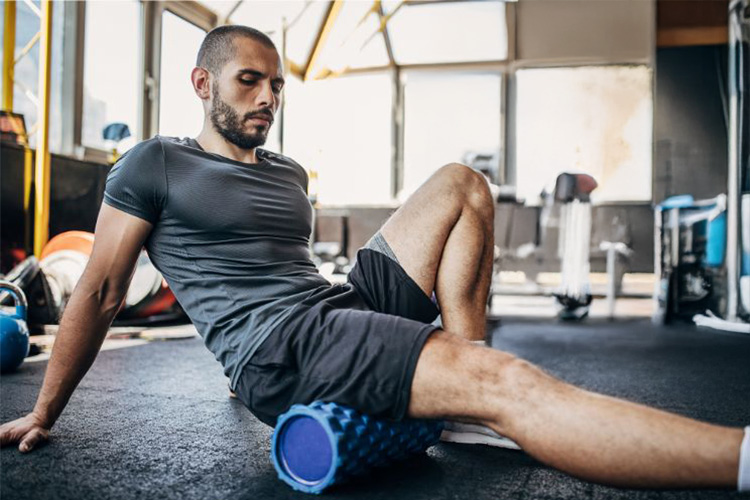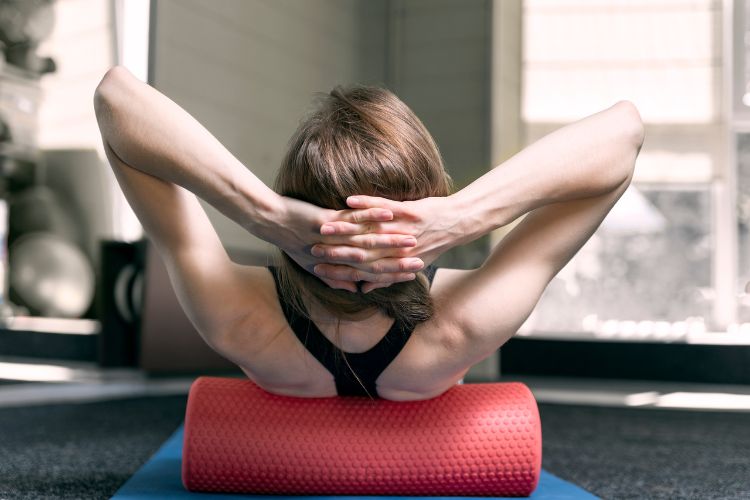Using a foam roller is one of the simplest and most effective ways to relieve muscle tension, improve flexibility, and aid muscle recovery. As a chiropractor in Calgary with over 20 years of experience, I often get asked how to use a foam roller properly. In this comprehensive guide, we’ll cover what foam rolling is and why it matters, the top foam rolling benefits, step-by-step foam rolling techniques, common mistakes to avoid, who should foam roll (and when), and when to see a chiropractor versus foam rolling at home. Let’s get rolling!
What Is Foam Rolling and Why Does It Matter?
Foam rolling is a form of self-massage (technically known as self-myofascial release) using a firm foam cylinder to loosen up tight muscles and fascia (the connective tissue around muscles). In plain terms, you’re using your body weight on the roller to knead away knots and tension in your muscles, similar to how a massage works.
Why it matters: Tight muscles not only feel achy, but they can also reduce your flexibility and range of motion, making you more prone to injuries. Foam rolling regularly helps maintain healthy muscle function by keeping the fascia and muscle fibers loose and limber.
Benefits of Foam Rolling
- Relieves Muscle Tension and Soreness
- Improves Flexibility and Range of Motion
- Aids Muscle Recovery (Reduced Soreness & Faster Recovery)
- Helps Prevent Injuries
- Improves Circulation and Recovery
- Stress Relief and Relaxation
How to Use a Foam Roller: Step-by-Step Techniques
Here are specific foam rolling techniques for different muscle groups:
- Quads and Hip Flexors: Lie face-down in a forearm plank with the roller under your thighs. Roll from above the knees to below the hip crease.
- IT Band: Lie on your side with the roller under your outer thigh. Cross your top leg over and roll from the hip to just above the knee.
- Adductors: Lie face-down with one leg bent to the side. Place the roller under the inner thigh and gently roll from groin to knee.
- Glutes and Piriformis: Sit on the roller, cross one ankle over the opposite knee, and roll the glute of the crossed leg.
- Upper Back: Lie on your back with the roller under your shoulder blades. Roll slowly from mid-back to the top of your shoulders.
- Lats: Lie on your side with the roller under your armpit. Extend your bottom arm and roll along the side of your ribcage.
- Chest: Lie face-down with the roller under your chest at a 45-degree angle. Gently roll the pec muscle.

Common Foam Rolling Mistakes to Avoid
- Rolling too fast
- Not spending enough time on each muscle
- Avoiding all discomfort
- Using poor posture or form
- Applying too much or too little pressure
- Rolling directly on joints or bones
Who Should Foam Roll and When?
Who should foam roll:
- Athletes and active individuals
- People with muscle aches or tightness
- Those seeking improved flexibility and mobility
- Chiropractic and wellness patients
- Nearly everyone, with a few exceptions
When to foam roll:
- Post-workout (cooldown)
- Pre-workout (warm-up)
- Morning or evening routine
- On rest days
- Frequency: 3-5 times per week or daily if desired
When to See a Chiropractor vs. Foam Roll at Home
Use foam rolling at home if:
- You have typical muscle soreness or tightness
- You’re seeing improvement
- You want to maintain results between appointments
- You’re managing minor discomfort on your own
See a chiropractor if:
- Pain is persistent or severe
- You experience numbness or radiating pain
- You suspect an injury
- You have joint problems or alignment issues
- You want expert guidance or a full assessment
Ready to Roll?
Foam rolling is a simple practice that can yield big benefits. If you’re in Calgary and want to take your muscle recovery and wellness to the next level—or if foam rolling isn’t enough—I’m here to help.
Book your free consultation today and let us help you move toward a healthier, pain-free life!
Fish Creek Chiropractic – Proudly helping Calgarians move better and live healthier for over 20 years.



0 Comments